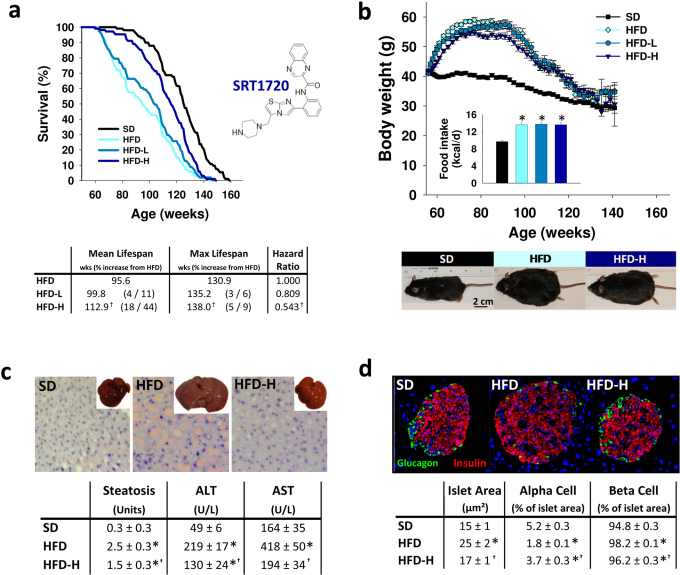Figure 1. SRT1720 extends lifespan and reverses organ pathology associated with a high-fat diet.
(a) Kaplan-Meier survival curves of mice fed a standard diet (SD) or a high-fat diet (HFD) supplemented with SRT1720 at either a low (HFD-L) or high (HFD-H) dose. Mean and maximum lifespan in weeks and the hazard ratio for mortality are represented below. In the parentheses the increases in maximum lifespan from birth and then diet onset are given. (b) Body weights of the groups over time, with average caloric intake over the course of the feeding study in the inset. Below are images of representative mice to illustrate phenotypic body mass of the groups at 82 weeks of age. (c) SRT1720 maintained normal liver appearance and reduced the onset of fatty liver as depicted by images of whole livers harvested after 12 weeks on diets and subsequent oil red O staining. Quantification of steatosis was performed by a blinded pathologist on livers from 82 week-old mice (26 weeks on diets; n = 6). Serum levels of the aminotransferases ALT and AST were reduced by SRT1720 compared with HFD (n = 6; age = 82 wks; diet = 26 wks). (d) SRT1720 normalized pancreas morphology as illustrated by immunostaining for glucagon-producing cells (α cells, green) and insulin-producing cells (β cells, red) in islets, and quantification of islet area and relative α-cell and β-cell areas within the islets (n = 8; diet = 12 weeks). Data are represented as the mean ± SEM. *P < 0.0083 from SD; †P < 0.0083 from HFD.

